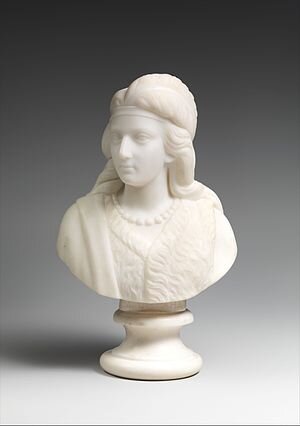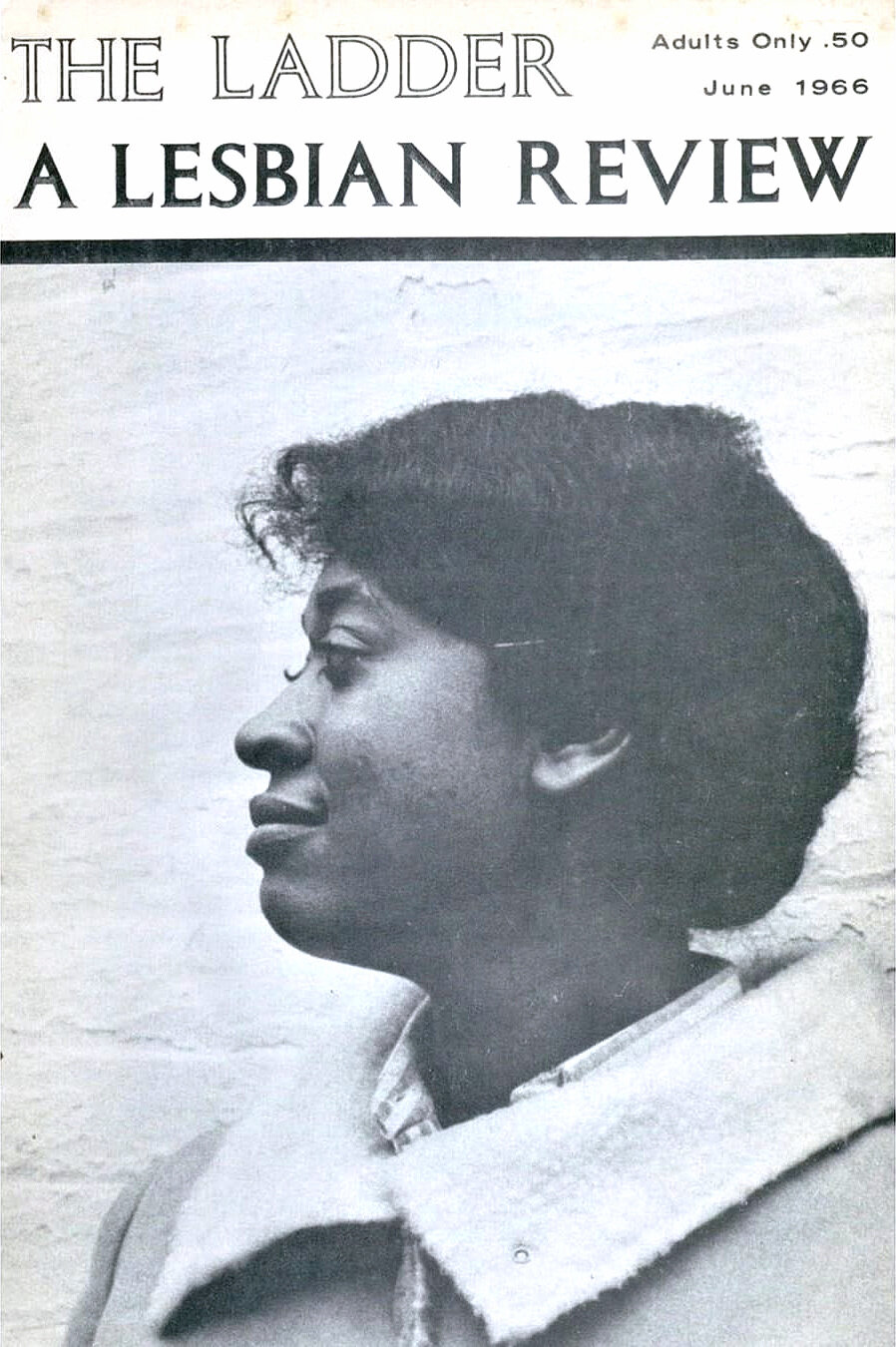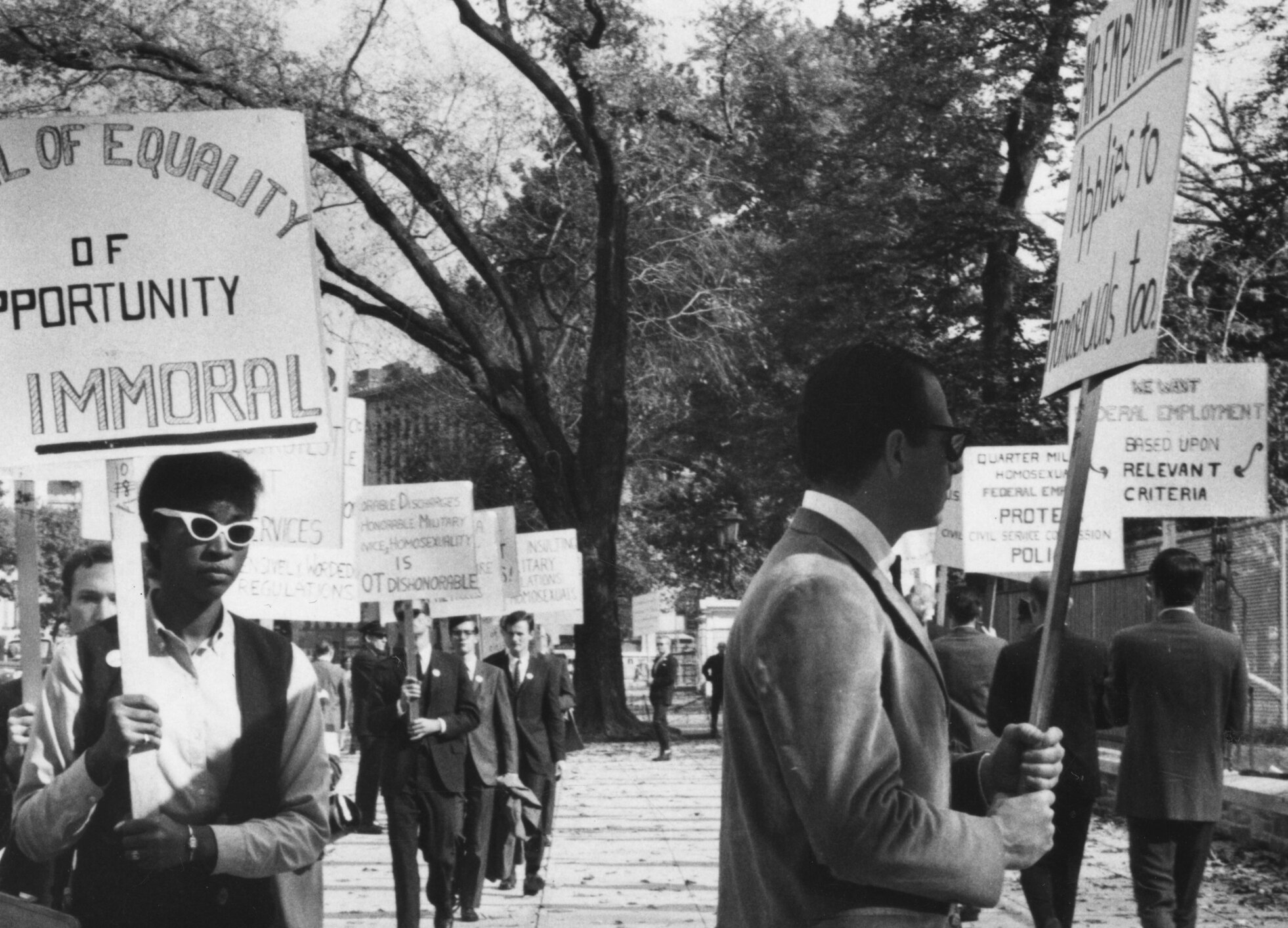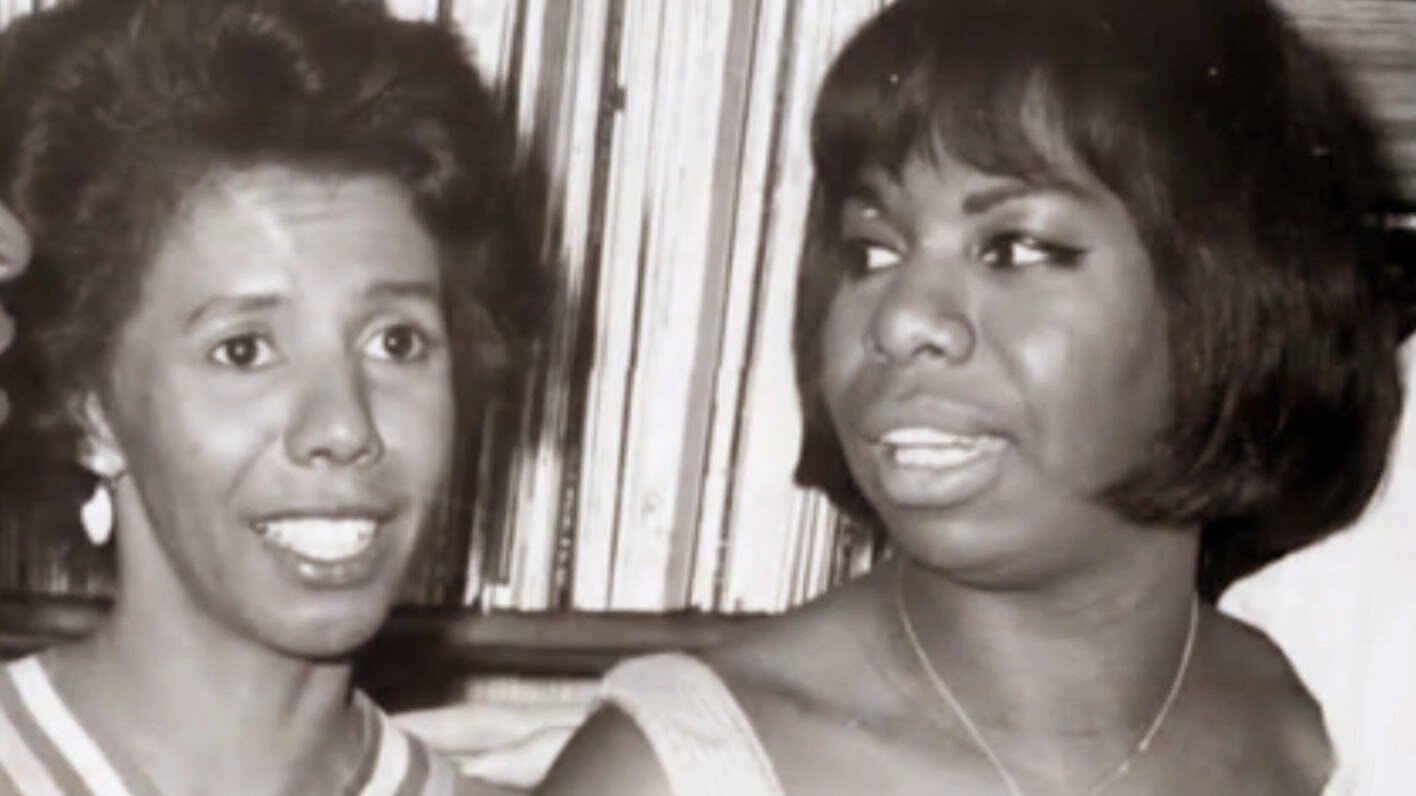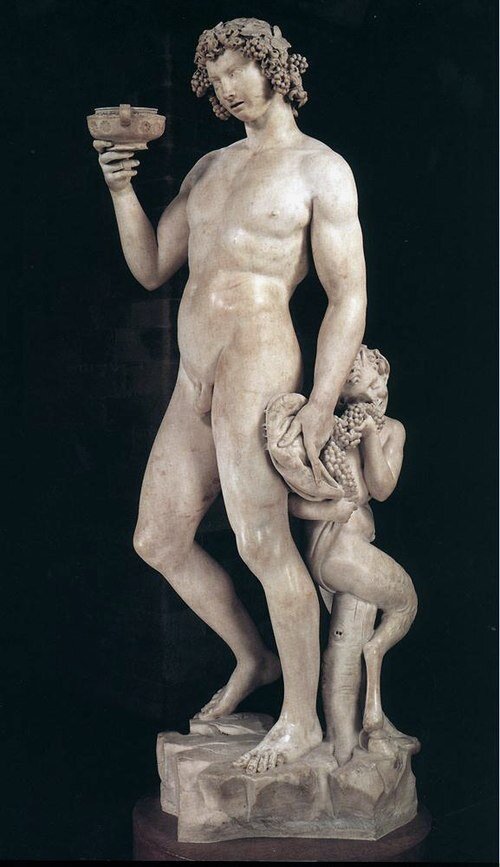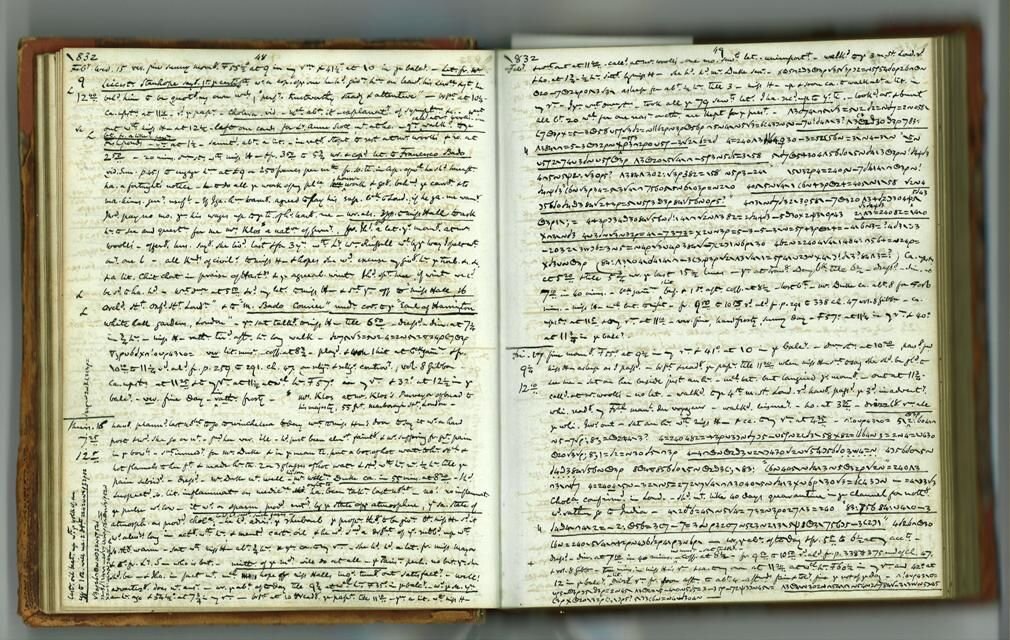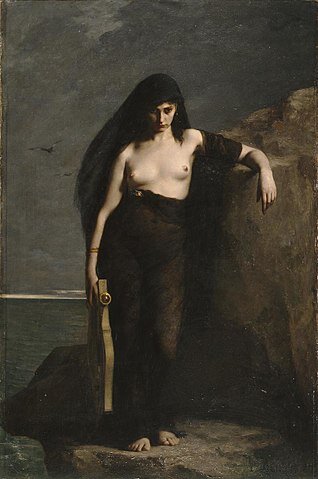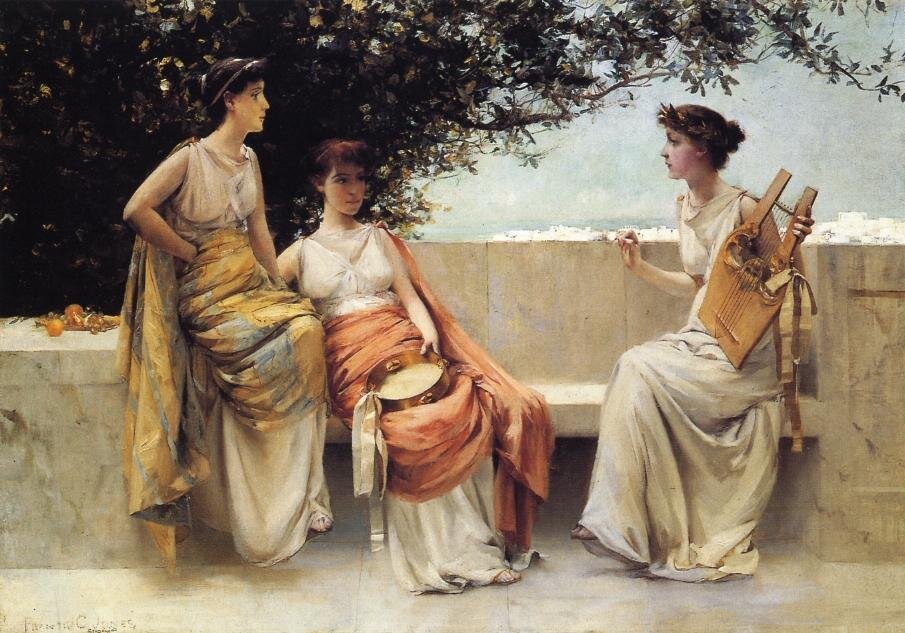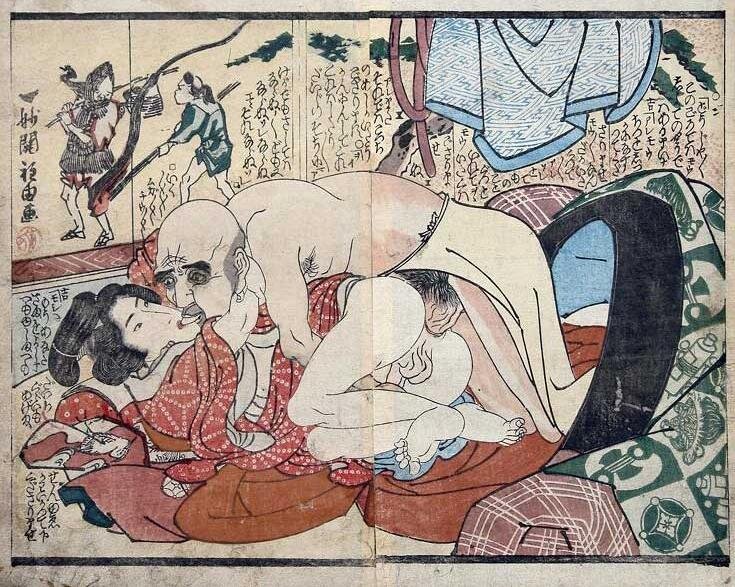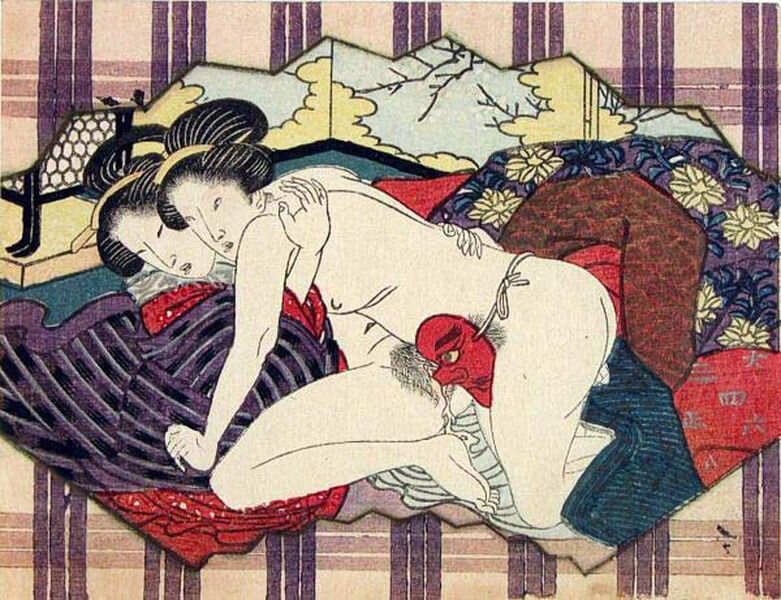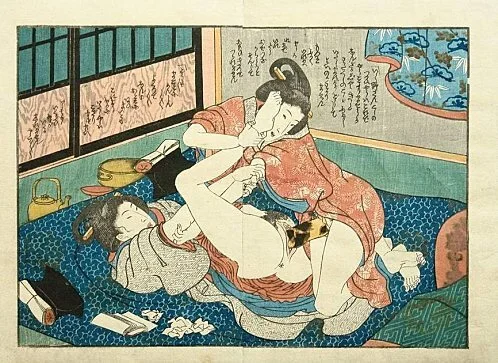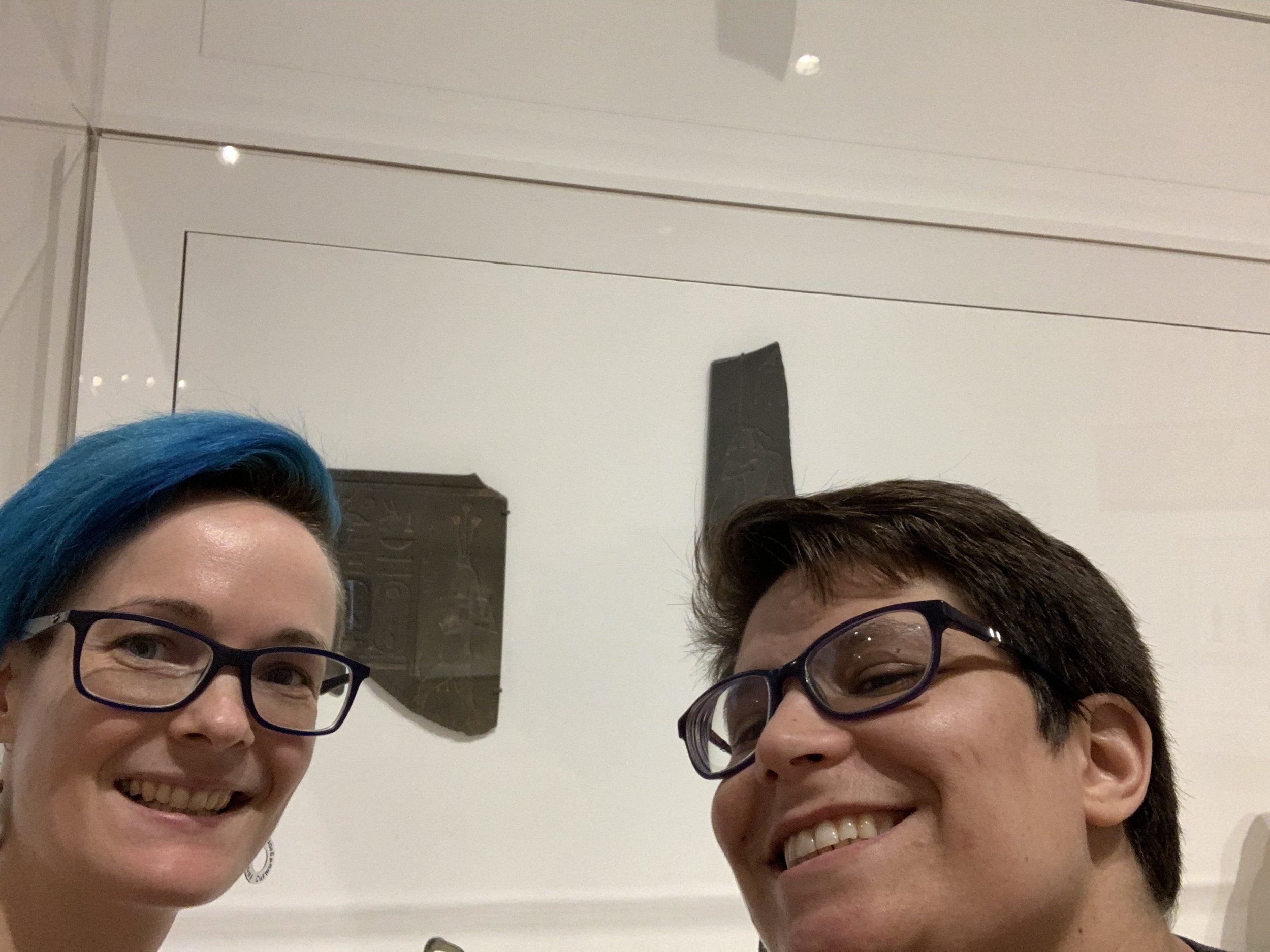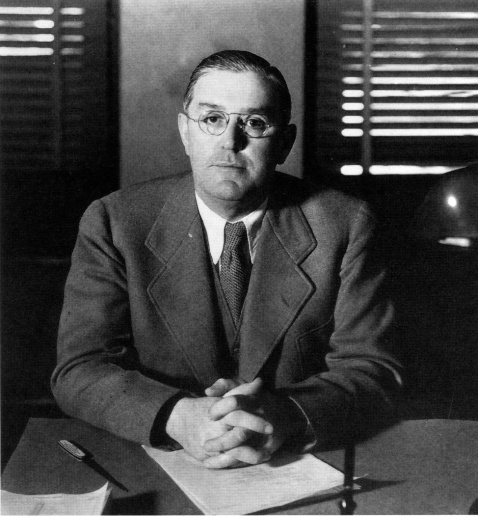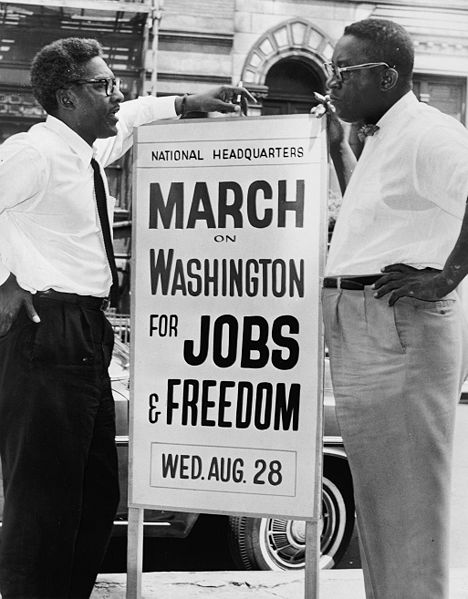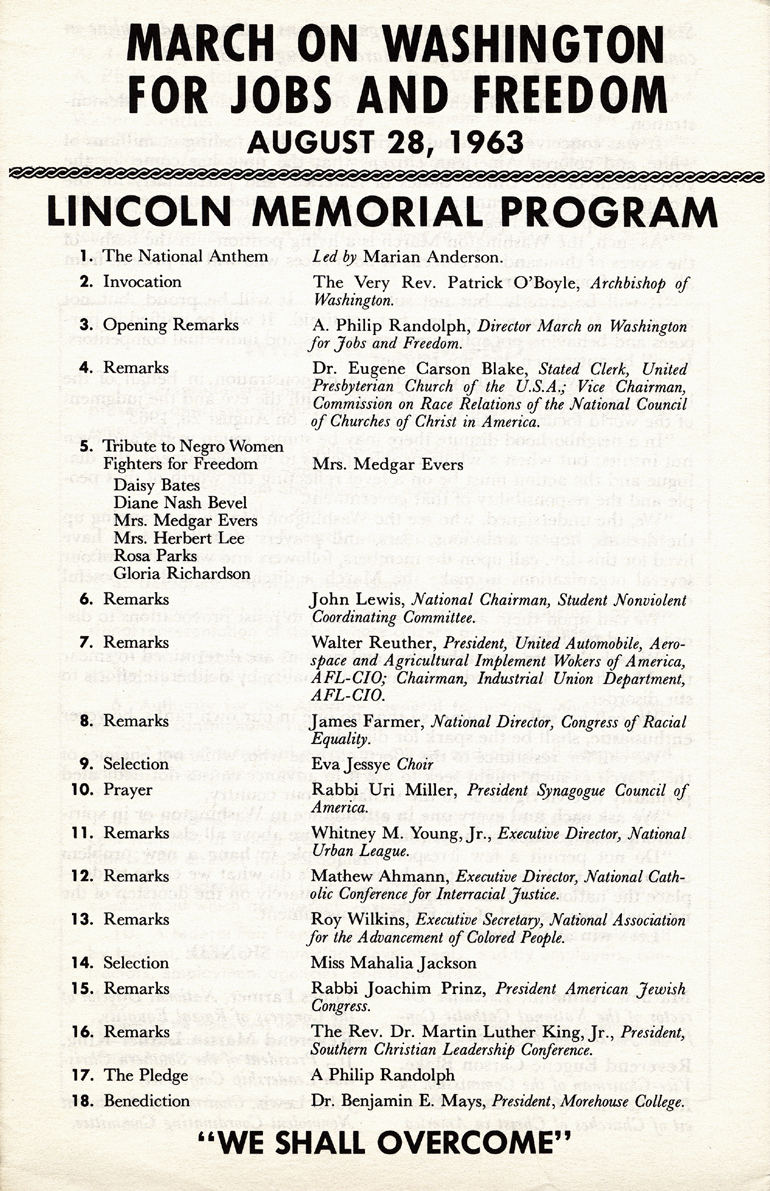38. Trans-sister Radio: Synth Icon Wendy Carlos
/For the first time on the pod we’re covering someone who is still among us: Synth pioneer Wendy Carlos. This computer nerd and classical music enthusiast helped create electronic music the way we know it today. Her friend Robert Moog might be the one whose name is attached to the different kinds of synthesizers, but according to Moog himself Wendy Carlos deserves all the credit. From The Beatles to Donna Summer, from The Shining to Daft Punk— none of them would have sounded the way we know them now. Even classical artists like Bach and Beethoven were completely redefined because of Carlos’ work. Get ready for a deep dive into the achievements of this transistor trans sister!
But first, let me introduce to you our guest host for this episode, Hannah van Rhee!
Music plays a huge role in queer life. With so many memories, anecdotes and other stories that have songs attached to them, it would be a shame if no one would ever share them. Through the QueerSounds podcast, Hannah van Rhee (they/them) hopes to give queer folks a break from all kinds of activism by creating a space where they can just talk about their favourite songs and have a laugh. From obscure Indonesian movie soundtracks to the biggest pop divas in the world, Hannah and their guests cover it all.
They're born a Pisces and raised in the Netherlands. They're close to getting a bachelor’s degree in journalism with a minor in music marketing and management. Hannah is a stereotypical vegan, yoga-practicing, thrift-shopping brand of queer with some of their favourite types of music being Punk and Disco.
Locate Hannah and QueerSounds upon the internet:
@duchessofdeer on Twitter
@queersoundspod Twitter
@queersoundspod Instagram
A Closer Look at Wendy Carlos
Robert Moog with his Moog Synthesizer in 1970. Jack Robinson/Getty Images
Wendy in 1972.
Wendy in 1979 at her Moog synthesizer.
Another 1979 photo. Image from Len Delessio/Corbis/Getty Images
Wendy in her studio in 1992, flanked by her three Siamese cats.
Wendy in her studio in the early 1990s
Blueprints for Wendy’s studio in her NYC apartment, lovingly nicknamed “The Spaceship” by her and friends.
Listen to some of Wendy Carlos’ music!
First up, check out the transition from Beethoven’s original composition “Ode an die Freude/Ode to Joy”:
And below, Wendy’s synthesizer version arranged for Stanley Kubrick’s A Clockwork Orange in 1971:
And another clip from A Clockwork Orange, this time Beethoven’s Ninth.
Below, the opening sequence to Wendy’s return to Kubrick with The Shining, one of the two tracks produced by Carlos and Elkind that ended up in the final film:
And music from Tron:
Some video interviews featuring Wendy
Before Wendy had come out publicly, here she is demonstrating her Moog in 1970, with the pasted-on sideburns and wig, dressing in drag for this BBC feature.
And here’s another from BBC, this time in 1989
Here’s one with her and Robert Moog!
We’re not usually fans of Amazon around here, but considering you can’t get Wendy’s music anywhere online other than the few bits we linked to above, they will be the best resource for purchasing her albums! You can check them all out here.
If you want to learn more about Wendy Carlos, check out our full list of sources and further reading below!
Books and Print Articles:
Online Articles/Resources:














































